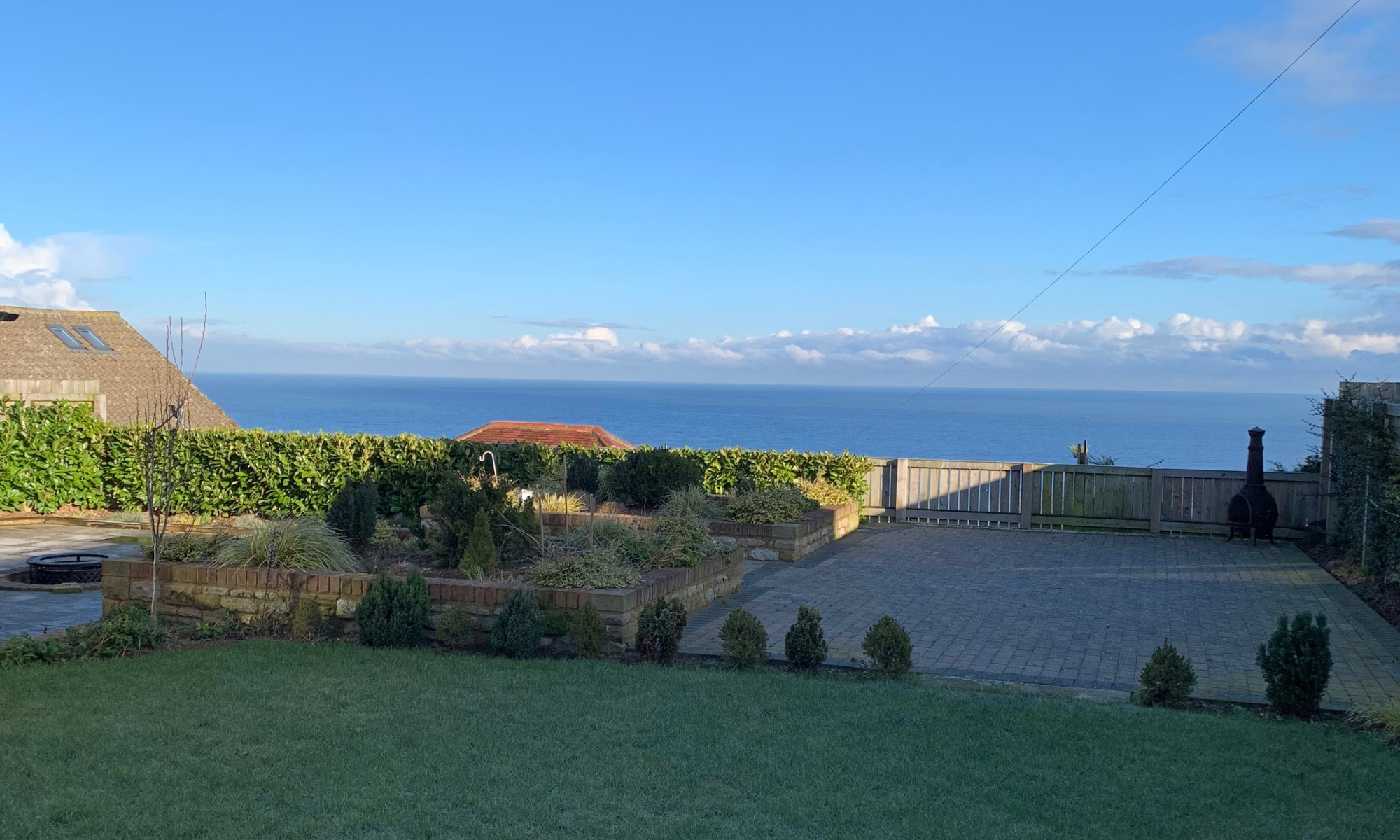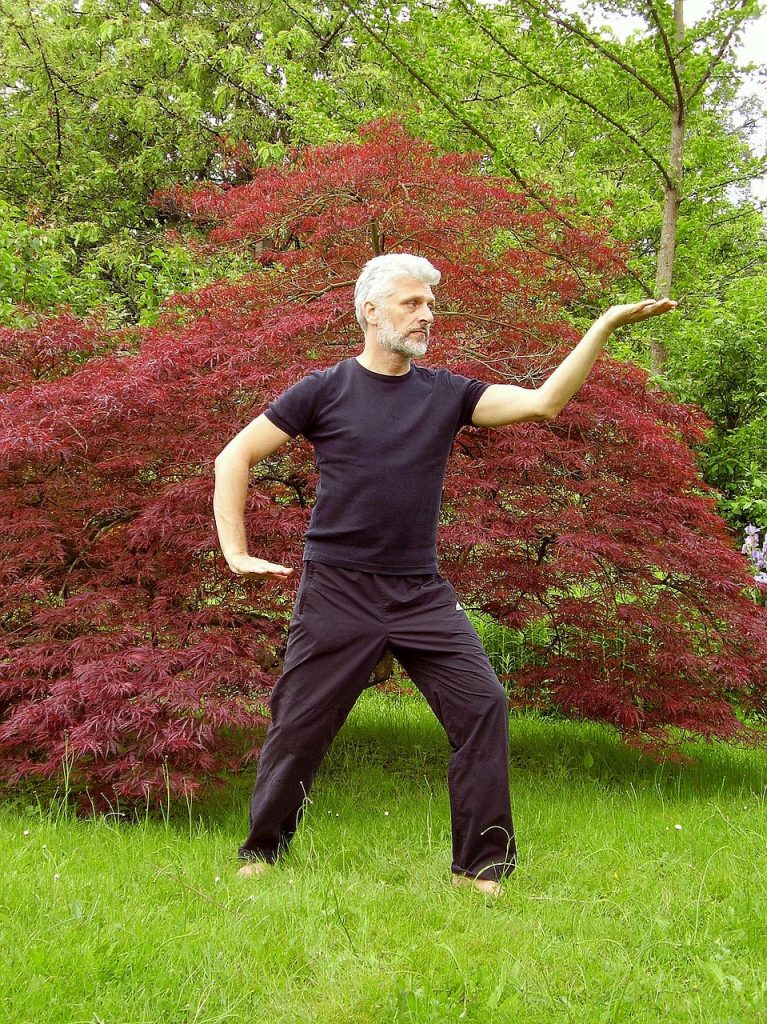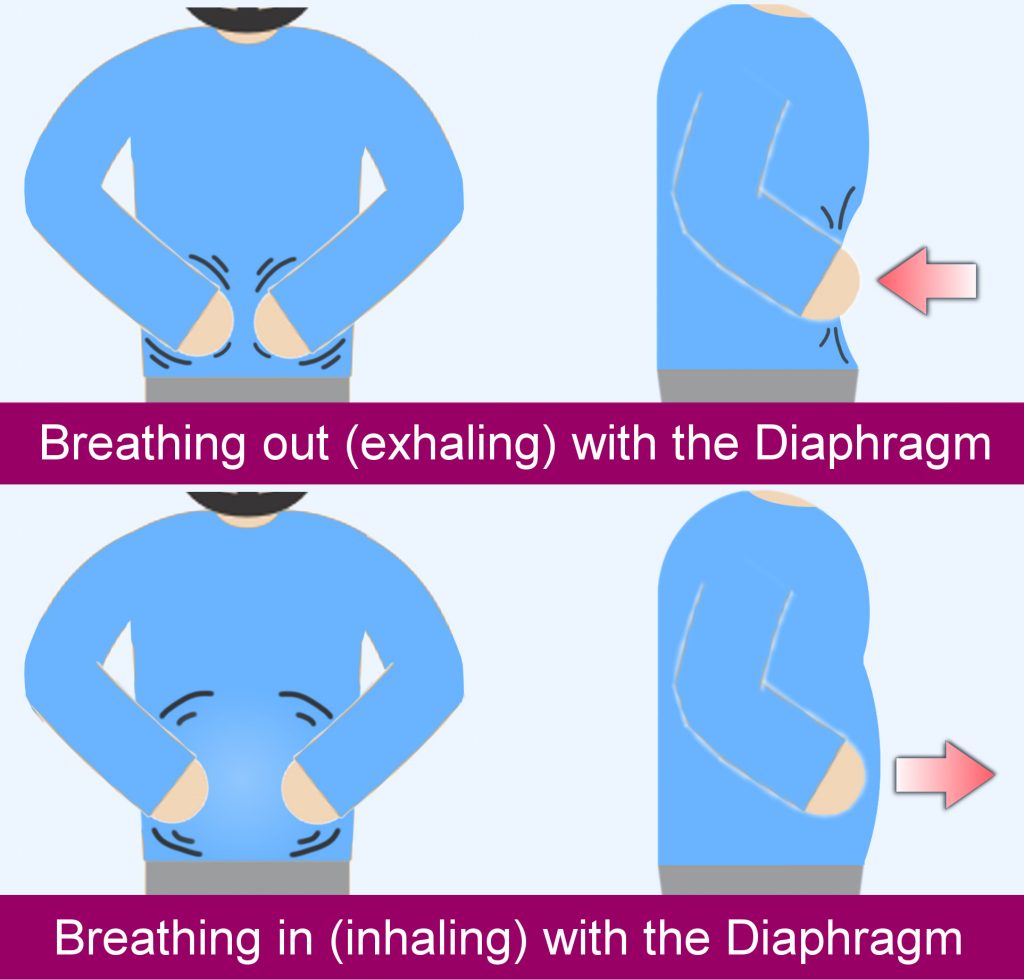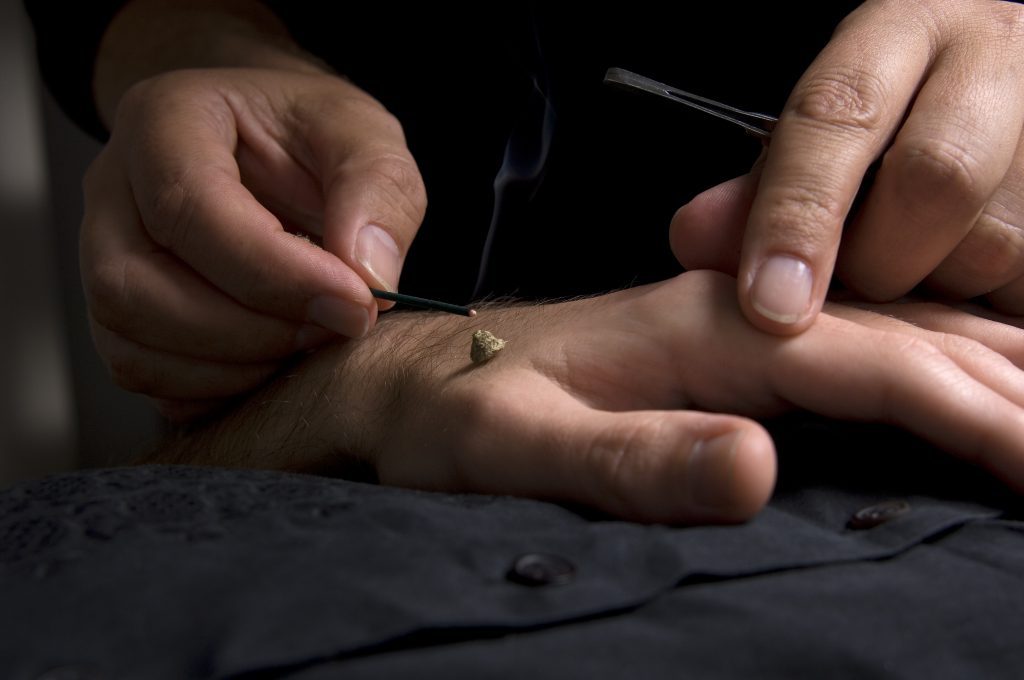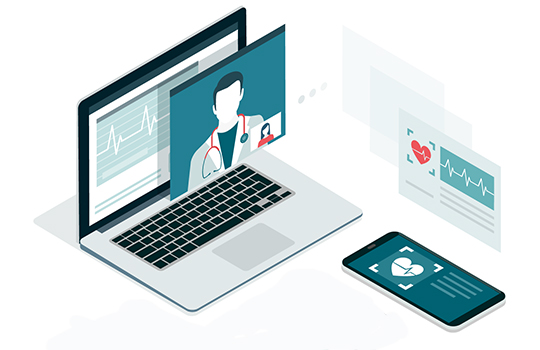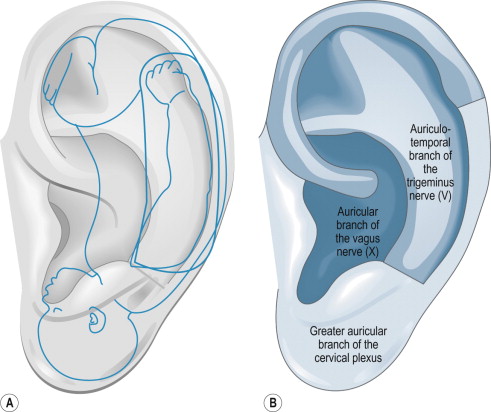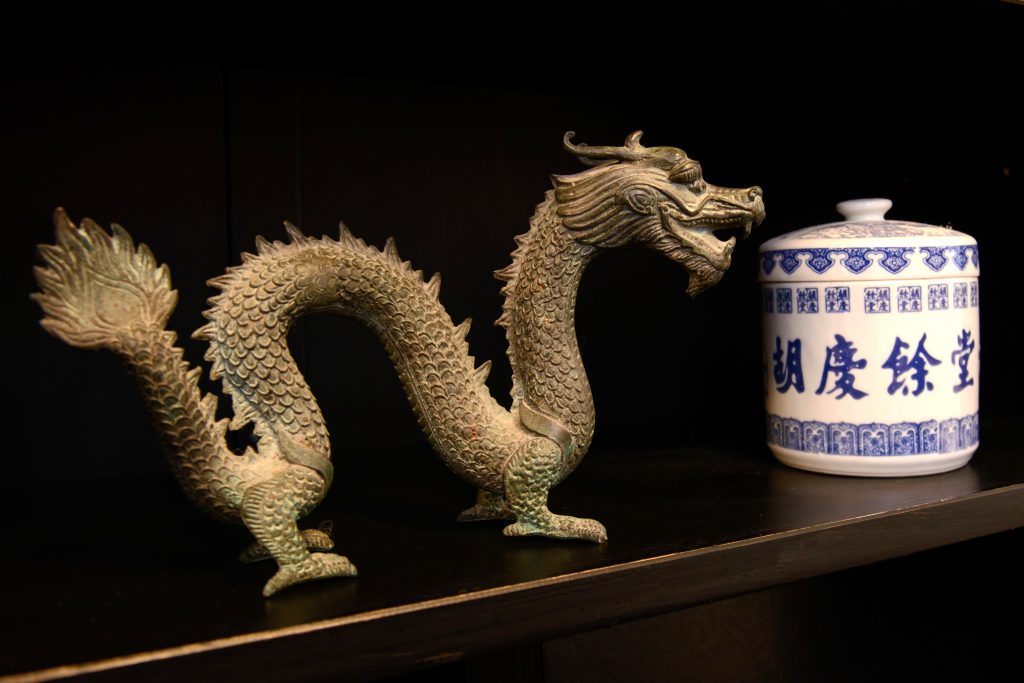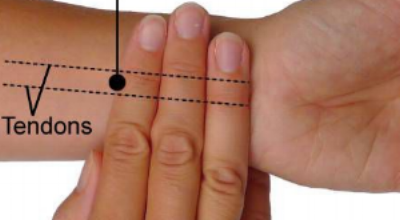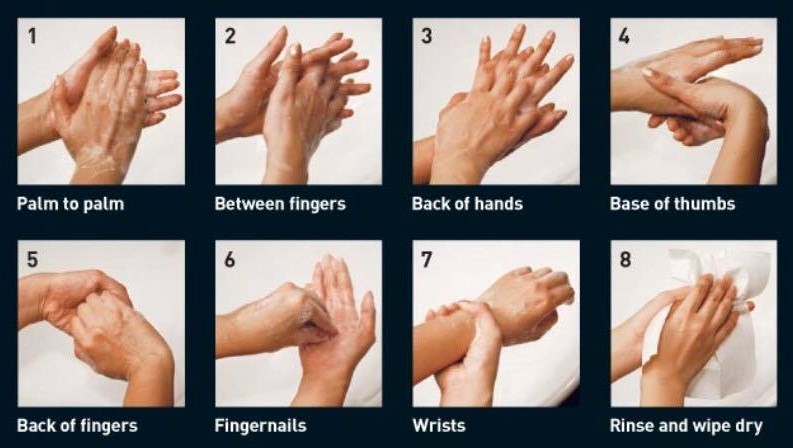Five Element acupuncture is a style or system of acupuncture in a similar way that balance method or auricular acupuncture can be thought to be styles or systems of acupuncture. In this introduction to five elements acupuncture I’ll give a short background to the system. I’ll also explain some of the main ways in which I apply it within treatments.
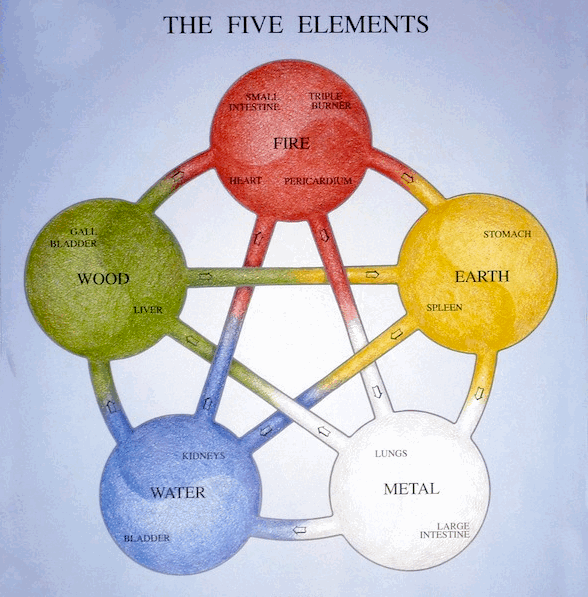
The system is based on the five elements of nature:
- wood;
- fire;
- earth;
- metal; and
- water.
Each element is connected to the others in a variety of different cycles, as can be seen in the diagram above. When there is an imbalance, one element may overact or underact on another, causing a disharmony. If not rebalanced, then this can potentially lead to illness.
All of the elements have different associations across a variety of phenomena. For example, each element is associated with a different:
- season (eg. wood is Spring);
- chinese medicine yin organ (eg. fire is the heart and pericardium);
- sense organ (eg. earth is the mouth);
- taste (eg. metal is pungent);
- emotion (eg. water is blue/black);
These are just a few of many.
Understanding the five elements and their associations can help me in diagnosing a pattern of disharmony (that is leading to the health condition you want help with). If someone is “stuck” within a particular emotion that they find it difficult to move on from, then this can indicate to me where their imbalance may be focussed. Or we may be transitioning from one season to another, which may be causing an imbalance where there was none previously.
Using the connections between the elements I can then choose appropriate acupuncture points or meridians to help rebalance.
If this introduction to five elements acupuncture has left you wanting to know more, then grab a cuppa and have a read of this longer article here.
Stay safe, stay well, stay home.
